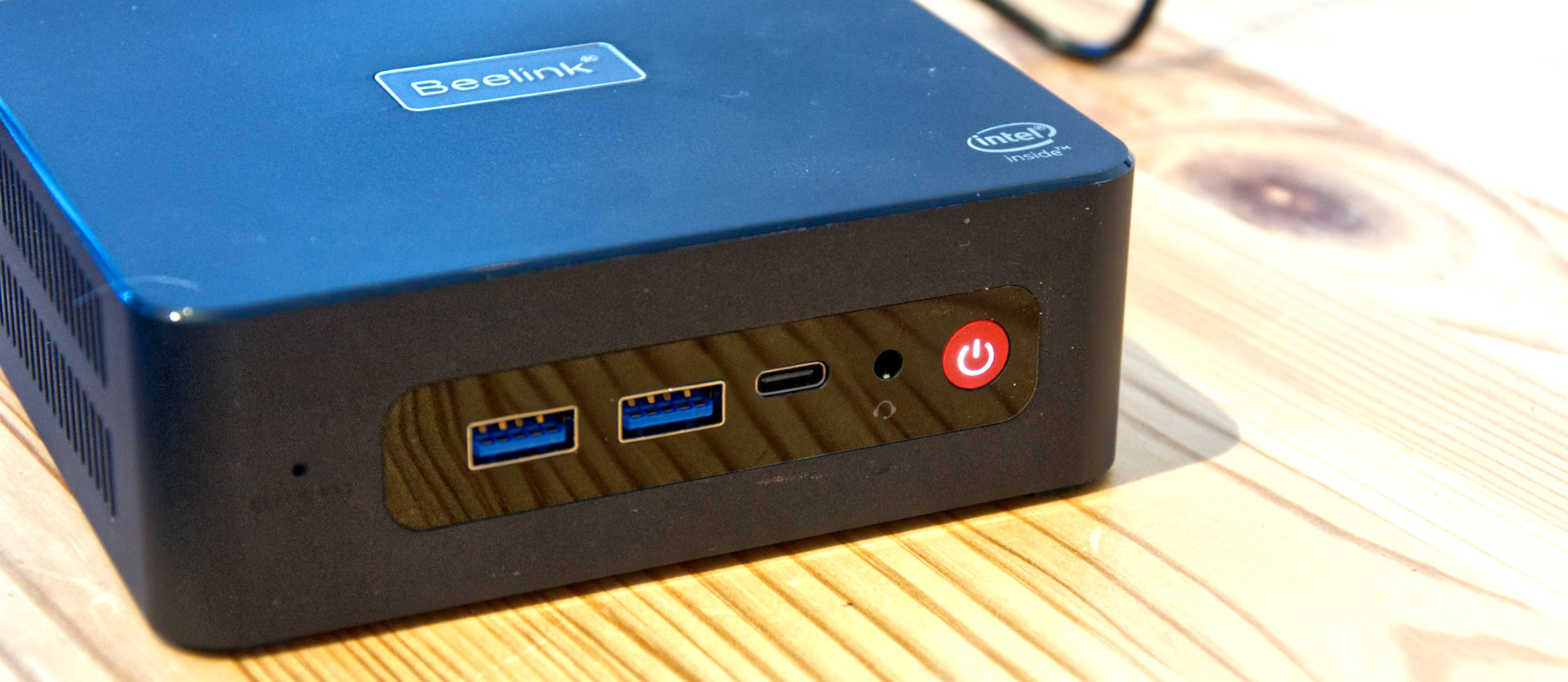Why you can trust TechRadar
In use
The U59 comes with Windows 11 pre-installed, which is fine if you like the new interface and less wonderful if you prefer Windows 10. It is technically possible to install Windows 10 on this hardware for those prepared to take the time to do that.
And, for diversity’s sake, any current Linux distro should work here too.
When the U59 is fired up for the first time and can access the Internet, Microsoft unleashes a small Tsunami of updates at it, which in this machine took at least 90 minutes to download and install.
This is the reality of Windows today, and the useability of the PC during this was fine for using a web browser or launching basic applications.
Once the update frenzy is completed, the U59 is a decent runner within the envelope of a 10W four-core processor without hyperthreading. Expecting it to run 3D modelling and CAD is unrealistic, but it runs most Microsoft Office applications admirably.
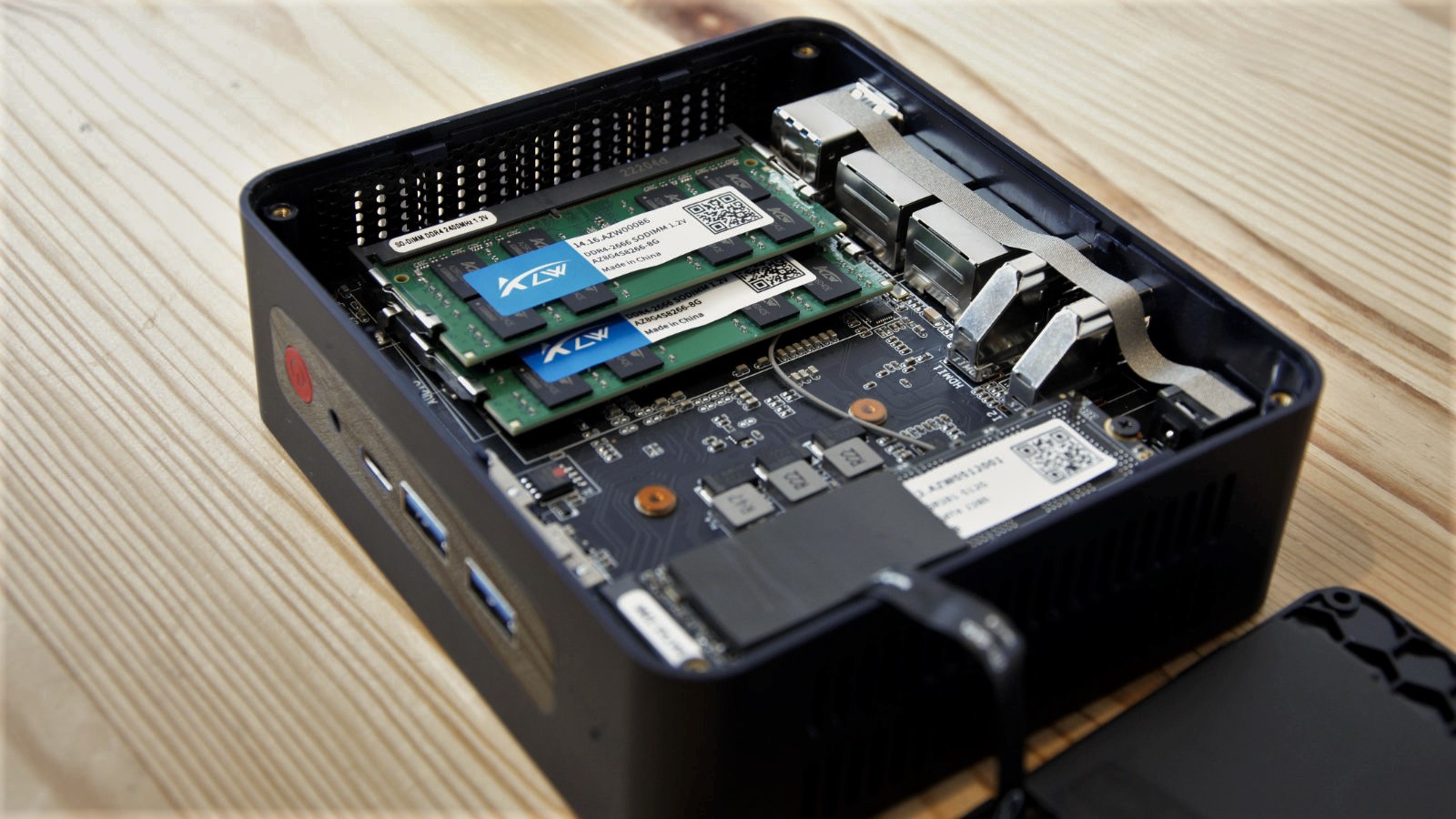
For those with multiple monitors, the dual HDMI outputs make using two easy, and it is possible to use the USB-C port to add a third.
But one of the best aspects of this design is the dual LAN ports. This instantly allows the U59 to operate as a Firewall bisecting the LAN, but it also allows for a 1GbE link to a dedicated NAS that can’t be accessed by the general network.
Our only disappointment with the ports available is that all the USB ports are 5Gbit, whereas one 10Gbit (USB 3.2 Gen 2) might have been useful for backing up to an external drive.
Overall, the user experience is much better on the U59 than on many small form factor systems and has much in common with a typical entry-level desktop.
Performance
Here's how the Beelink U59 scored in our suite of benchmark tests:
3DMark Wild Life: 2596; Fire Strike: 1057; Time Spy: 354;
Cinebench R23 CPU pts: 620 (single-core); 2042 (multi-core)
GeekBench 5: 658 (single-core); 2048 (multi-core), 3711 (OpenCL)
CrystalDiskMark: Sequential Read: 543.56MB/s; Sequential Write: 497.44 MB/s
PCMark 10 (Office Test): 2439
Windows Experience Index: 6.6
Given the processor doesn’t offer hyperthreading and Intel’s UHD Graphics aren’t famous for delivering anything that isn’t mediocre, we had concerns that most of these benchmarks would return painfully small numbers.
However, Beelink had mitigated some of the classic bottlenecks we’ve seen in tiny systems that made the U59 perform much better than we’d feared.
First, what’s not good here?
There isn’t much getting around how poor the UHD Graphics GPU is, and in the 3DMark tests, it predictably suffered. With this GPU, this system will never be a good gaming platform, and we’d avoid it for any job that requires GPU acceleration.
We’d also warn against plugging this into three 4K screens and expecting it to play videos on each one smoothly. Maybe one screen using 4K or two at 1440p, but unless the resolution is reduced markedly, it can’t handle three.
It might not be great at graphics, but in other respects, the results are respectable and using this for web work or office tasks is entirely plausible.
How Beelink achieved this with a relatively slow CPU is threefold; plenty of RAM, an SSD, and the Windows installation.
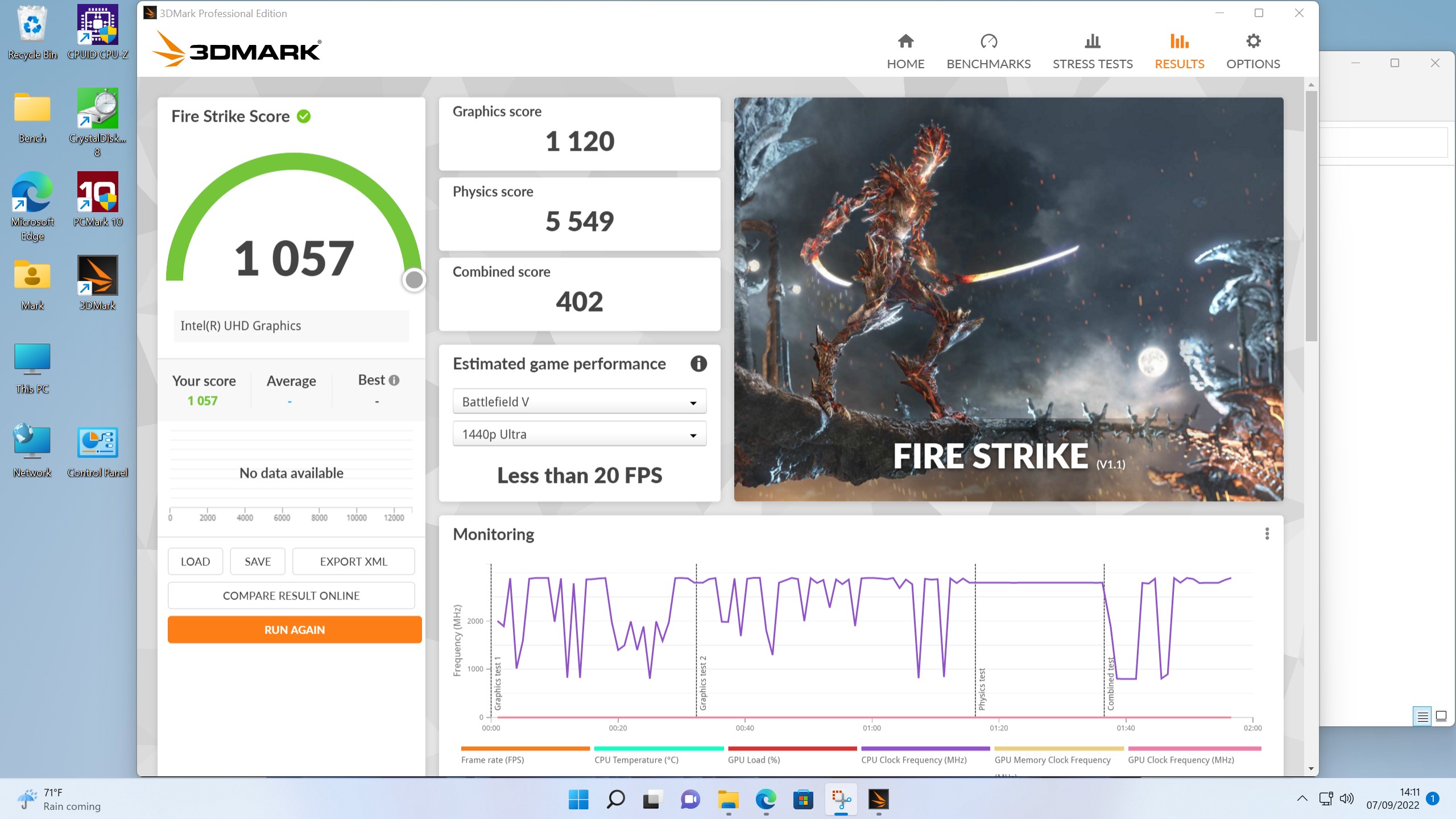
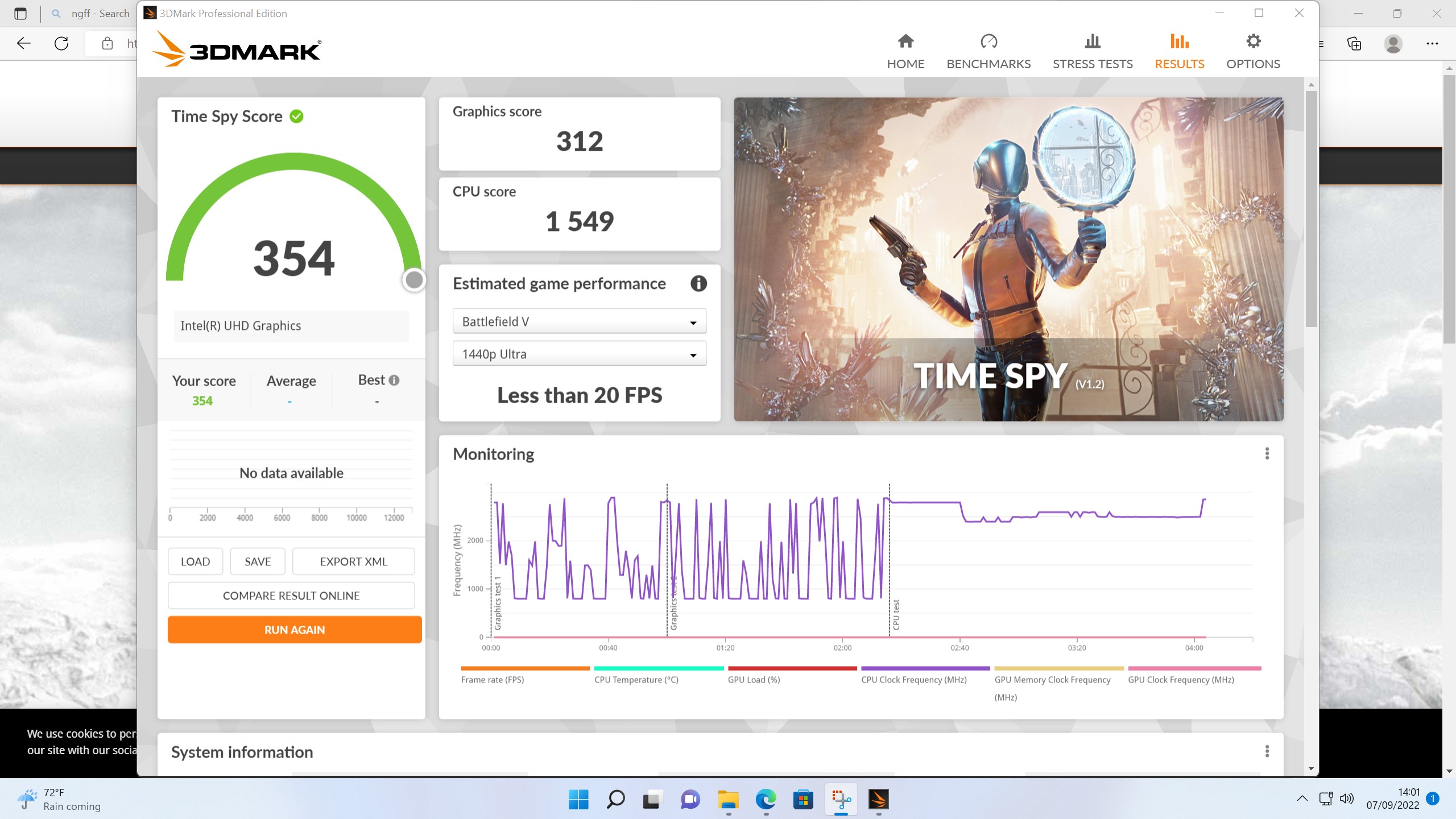
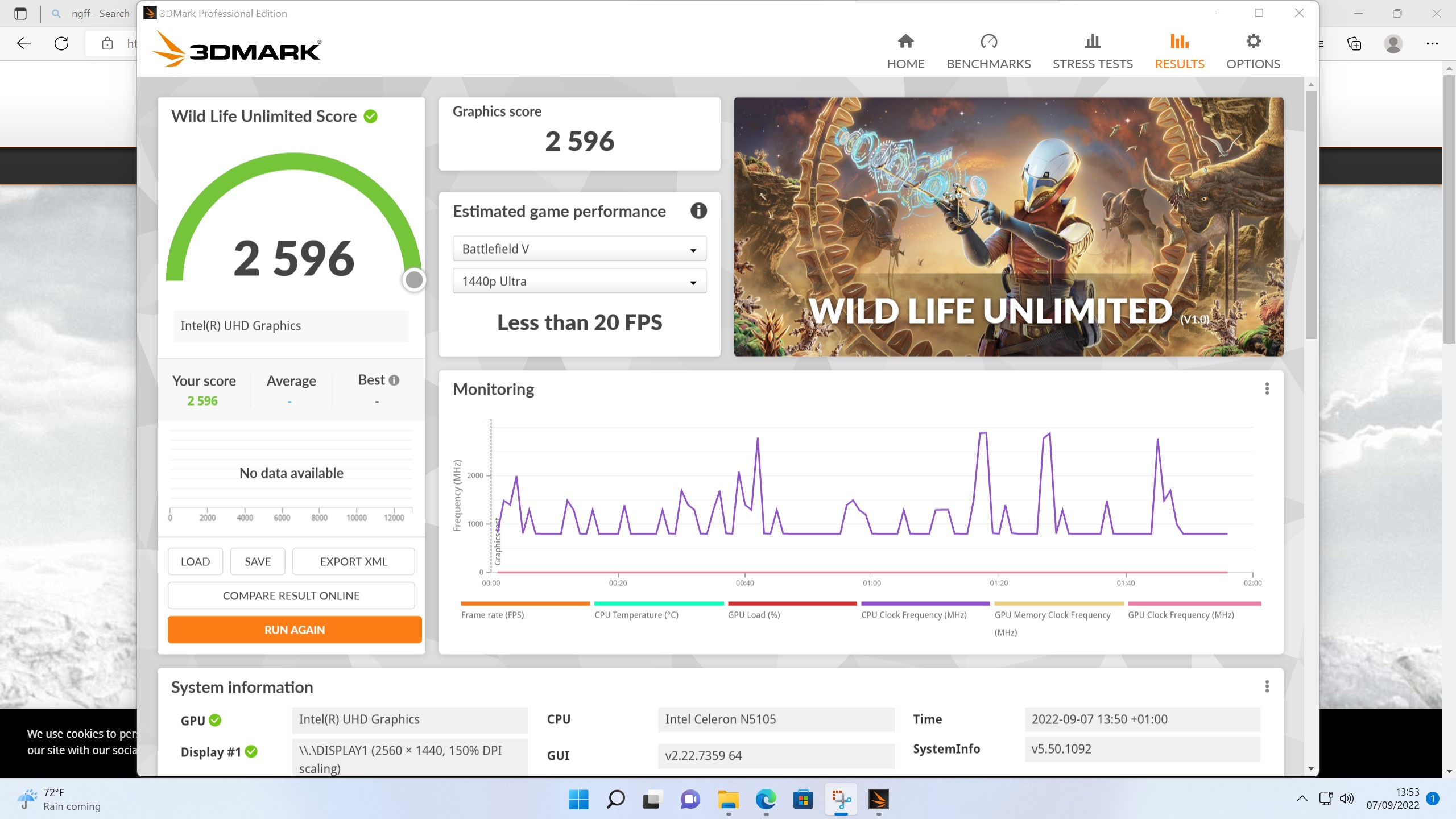
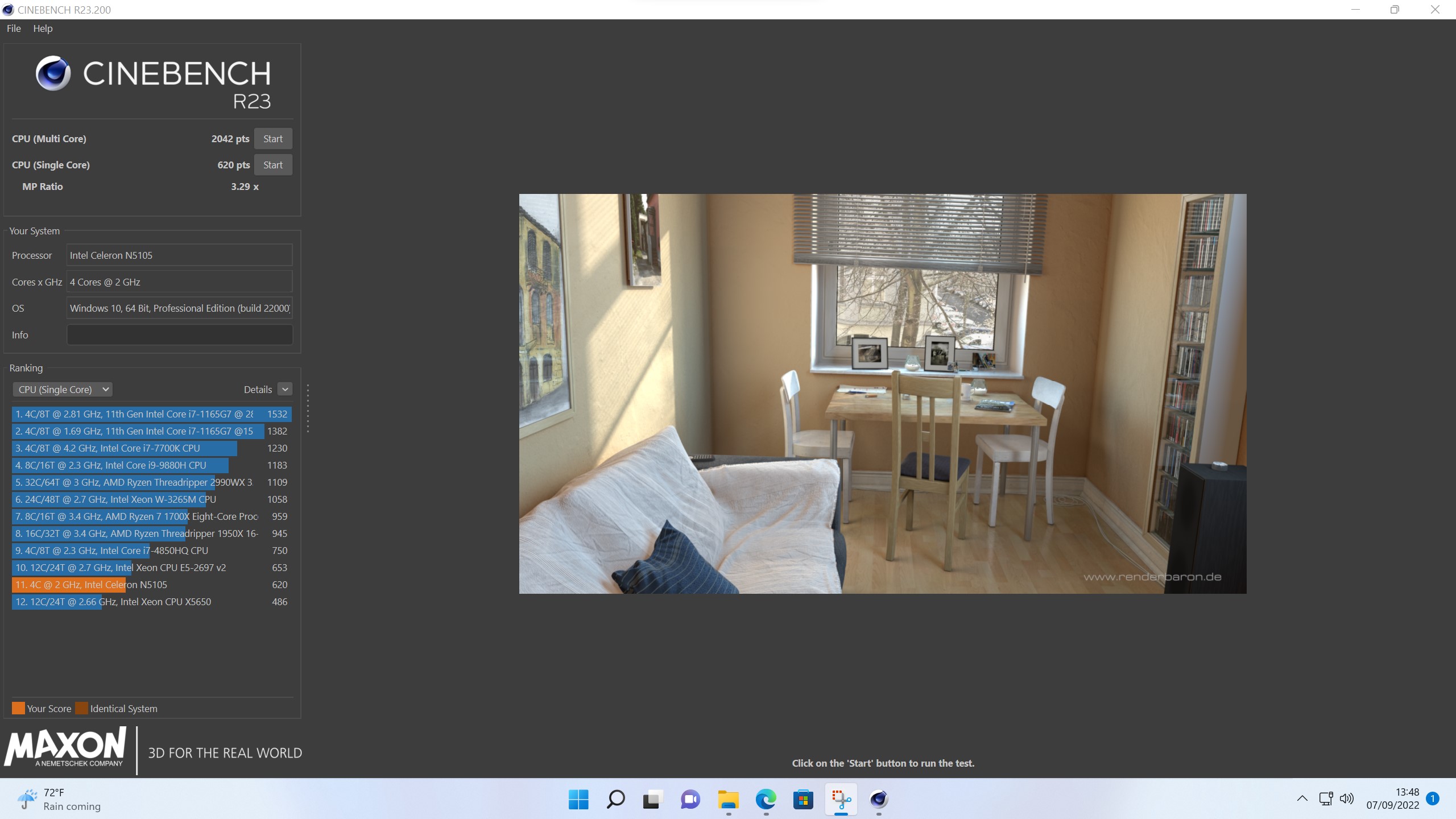
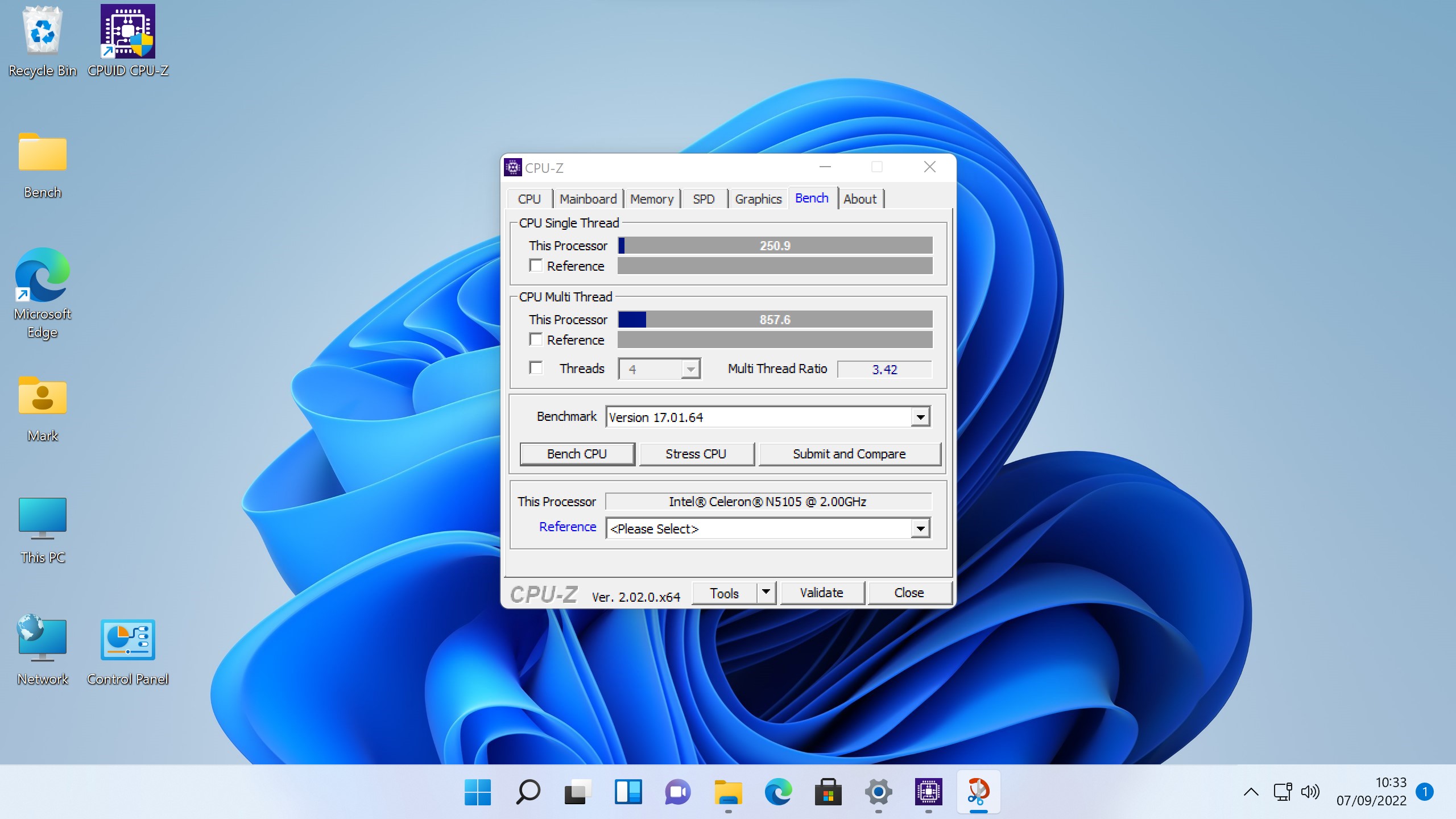
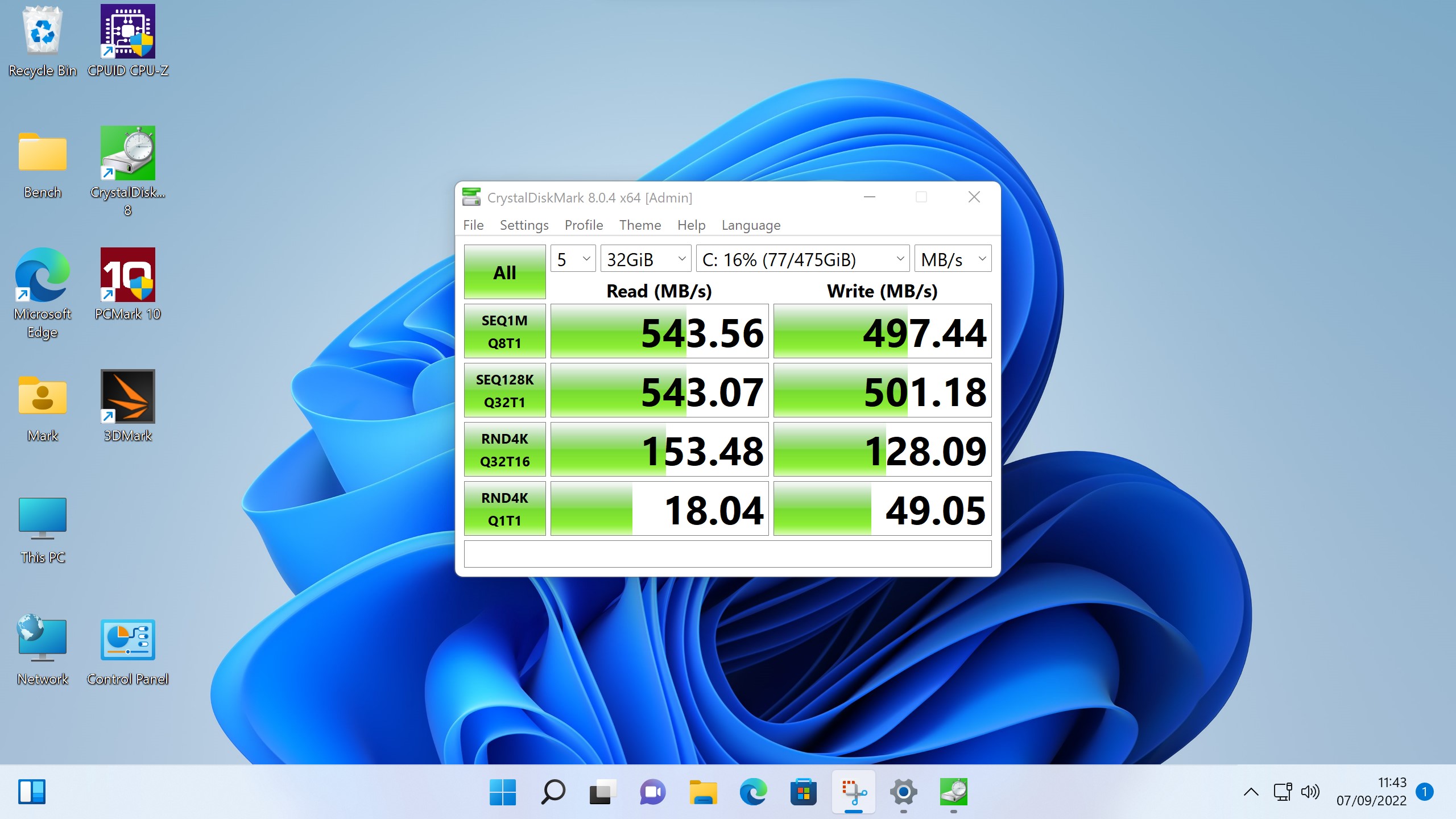
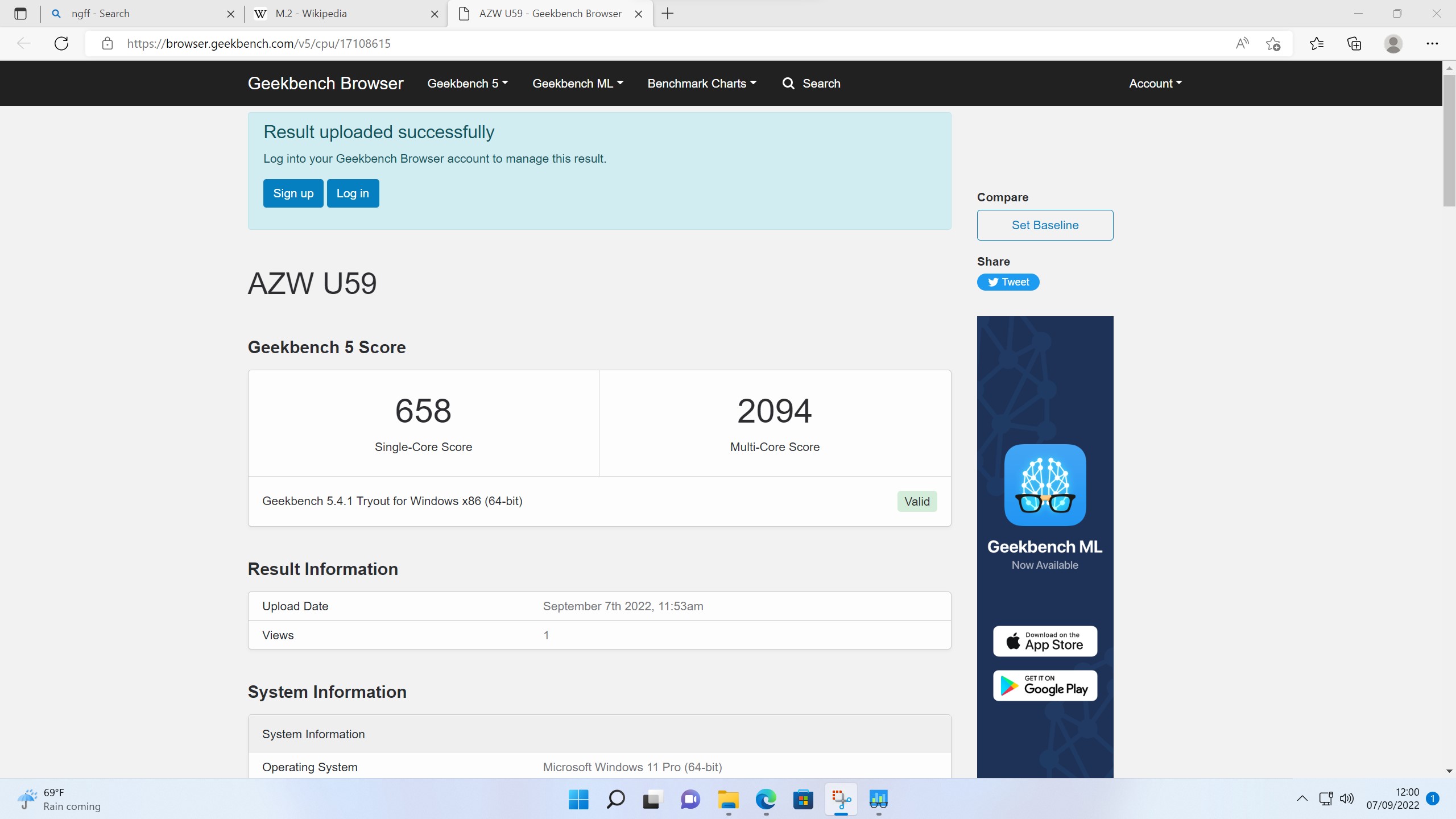
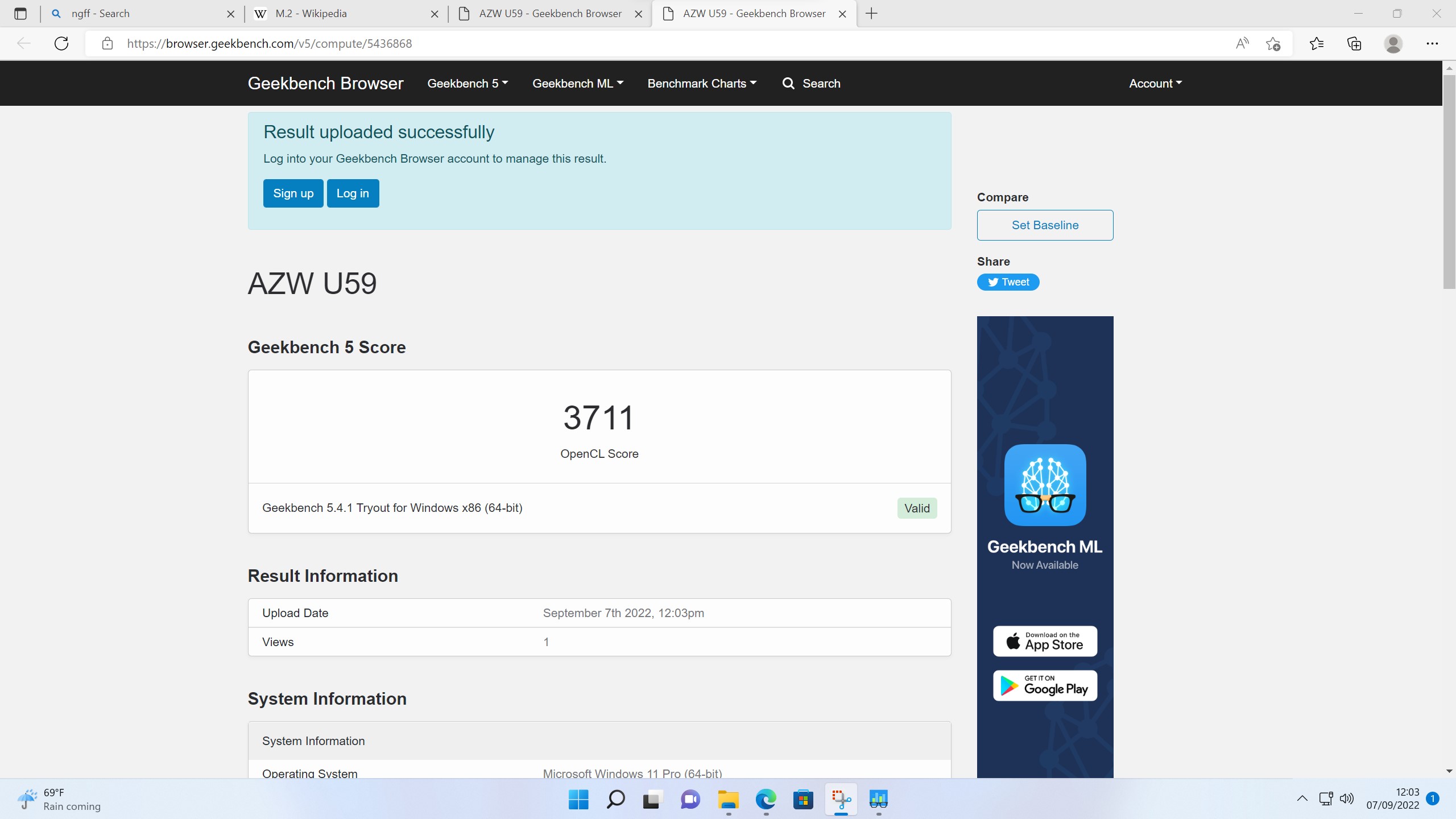
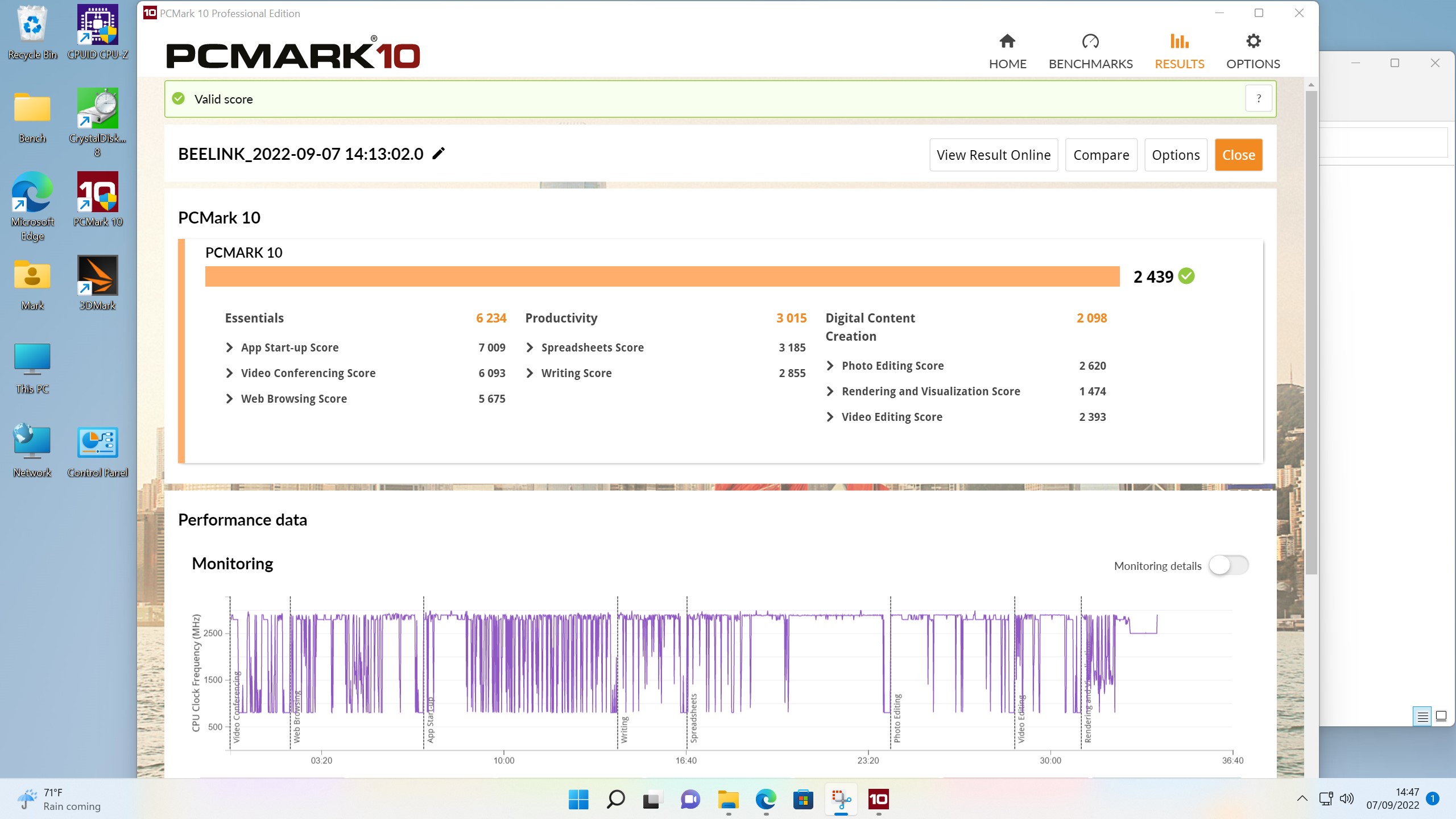
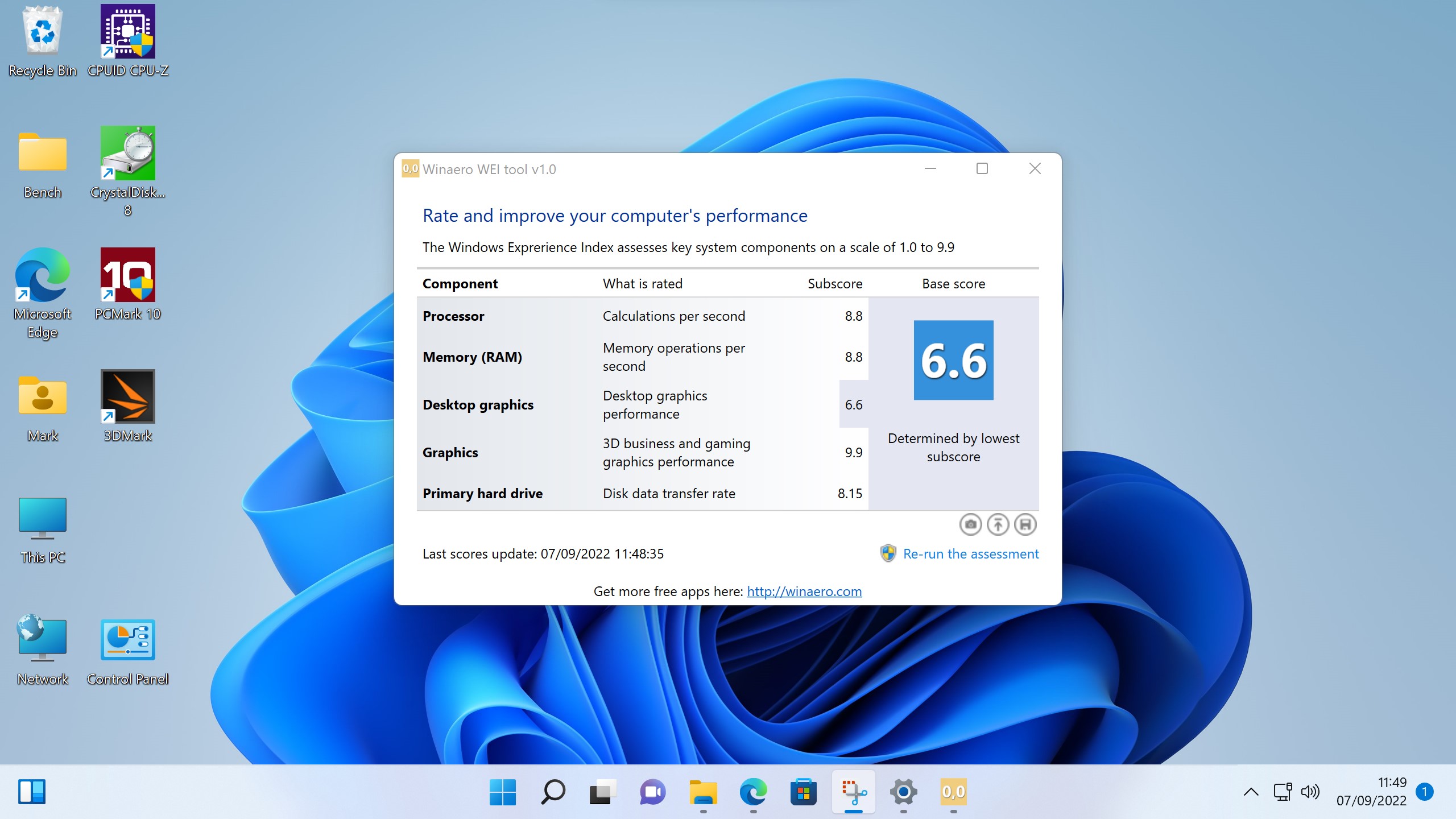
The RAM and SATA SSD combination enable the system to boot rapidly and applications to be launched smartly, and with 16GB of memory, you can load up plenty of apps before things get sluggish.
But, what really makes the U59 fly is that Beelink didn’t hobble it with a horrible Windows 11 installation and a dozen whiny pieces of bloatware that some system builders just can’t resist.
There is a lesson here for those that think every user wants Norton Security, or its ilk, plastered over their machines. These choices hurt the user experience and, ultimately, that brand.
With a relatively clean installation, an SSD and enough RAM, Windows 11 will work smoothly on a modestly powered machine, and the U59 proves it.
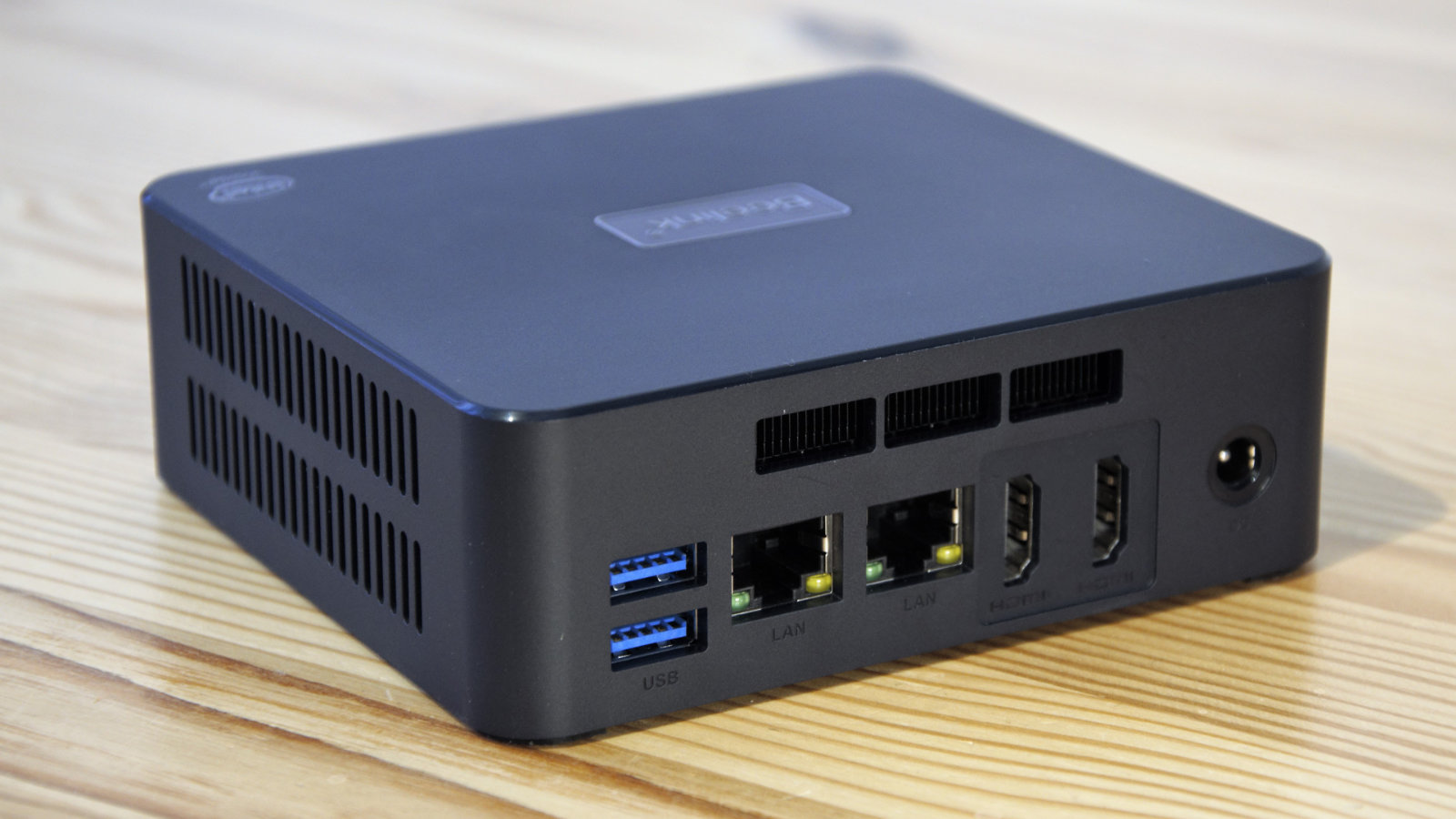
Final verdict
The masterstroke in this mini-PC is that instead of going with an Elkhart Lake series processor, Beelink stuck with an affordable quad-core chip from the previous generation.
And, it doubled down on that choice with a decent amount of RAM and an SSD.
How much more useable this machine is compared to the ZOTAC ZBOX PI336 Pico we recently covered is dramatic, as typical office tasks using the U59 are easily accomplished.
Even with Windows 11 squandering its resources, the U59 doesn’t get itself tied in knots when background tasks need more cycles. The pain of the initial upgrade is much shorter, and you can use the PC while they’re downloading and installing.
The U59 is a mini-PC which could fit well in a dozen niche scenarios like a basic office PC, firewall, promotional video display driver and so on. Personally, this platform would be ideal for managing multiple 3D printers using OctoPrint, especially given the very high cost of a Raspberry PI these days.
It’s not of much value for gaming, but at this price and scale, that’s probably an unrealistic expectation.
Overall, the Beelink U59 is fantastic value for money and a solution that isn’t as compromised as many of its counterparts are.
- 1
- 2
Current page: In use, performance and verdict
Prev Page Introduction, price, design and hardwareMark is an expert on 3D printers, drones and phones. He also covers storage, including SSDs, NAS drives and portable hard drives. He started writing in 1986 and has contributed to MicroMart, PC Format, 3D World, among others.
